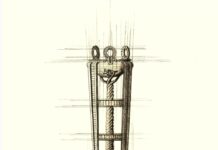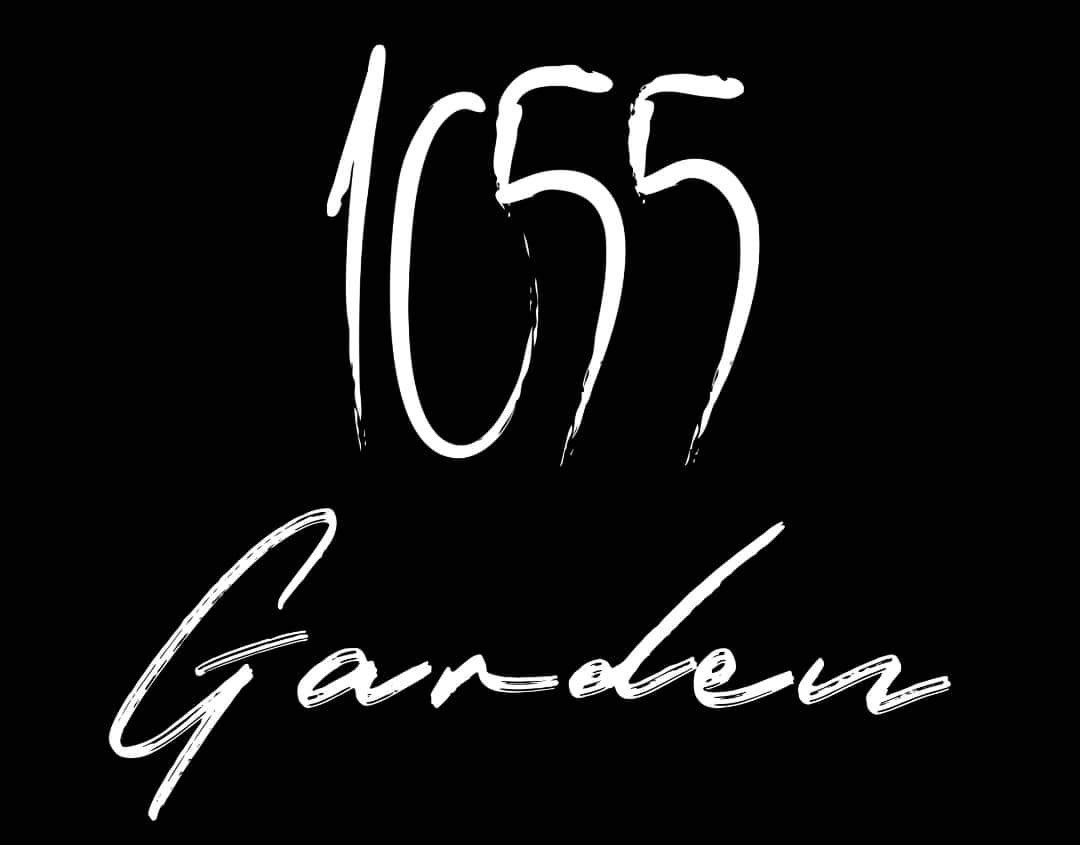Επιμέλεια: Εύα Πετροπούλου Λιανού
Tokhtavaliyeva Gulobar Qobil daughter was born on June 22, 2003 in Chust District, Namangan Region. Currently, she is a 2nd year student of the Faculty of Eastern Civilization and History of the Tashkent State University of Oriental Studies. Her initial achievements are the 1st place in the Zakovat intellectual game “Creative” team at the university. 3rd place winner in the online Olympiad among students at the university. The first scientific article is about the archaeological complex of Zamonbobo. The owner of the statuette and badge “Explorer of the Year – 2024”. in Kenya. The feature article “The Wonders of Keymadi Grandi” was translated into English and published in the Kenyan international magazine “Classico Times”
Chust’s knives
Doppi and knife are one of the national values of the Uzbek people. It is a type of handcraft that our fathers and grandfathers have been engaged in for many centuries. Chust is one of the oldest cities in the valley and is famous for its unique knives and traditional as well as hats. Knives made by city masters deserve the name of the best in our country. Chust is one of the oldest metal processing centers of Central Asia. In the heart of the city there is a district of Sozangars – blacksmiths who make knives. In small blacksmith workshops, ancient Sozangers still make their knives by hand. Chust knives are extremely sharp and beautiful. Their blades serve their owners for a long time and remain sharp, Chust knives are not only beautiful, but also perform unusual tasks: they cut hair with ease. In Uzbekistan, the term “Chust knife” is synonymous with the phrase “High-quality knife”.
In Central Asia in the 8th century B.C., local residents were engaged in the craft of knives in the city of Bibiona. Currently, Bibiona is located in Chust district. Mil. From the 8th century BC to the 15th century, only knives were produced in Chust. That is why it became known to the whole world as the Chust knife. Today, “yorma”, “bodomcha”, “chamandasta”, “chumchuk” and “boot handle” knives are made and exported abroad. Chust is an ancient historical city. The masters of knife making are passed down from generation to generation. The Chust knife factory included the production of more than 100 types of knives, daggers, swords and other edged products.
Chust national knives are old and ancient, and because they are made by hand, they are a popular product in all countries of the world. A real Chust knife always stands out from other knives with its external beauty. Usually, its blade is flat, 3-4 cm wide. The handle of a real Chust knife is made of ivory, saiga, or steam bone. It is decorated with pearls, silver or colored stones, and the metal part is decorated with engravings. For this reason, it is also called “Guldor knife” in the popular language.
Chust knives are divided into several types depending on the shape and width of the blade: “Tolbargi knife”, “Hisori knife”, “Kazakh knife” and “Bodomcha knife” with a narrow, curved blade, reminiscent of a willow leaf. It is divided into types such as “Soylik knife” with a groove in the upper part and “Rainbow knife” and “Kushsoylik knife” with a similar upper edge – with a groove along the double edge. Chust has many types of traditional knives. There are even special small knives for peeling fruit, knives for hunters, and special knives for cutting trees.
Chust knife school. Knives made by Chust craftsmen are very different from other knives. In 1932, an artel named “Kyzil Kuch” was opened in Chust, and knives were produced from there. Some heavy manual labor was done on lathes. In the past, craftsmen used old saws to make knife blades. Knife handles are made of animal horns and wood. Since 1949, the artel has been managed as a district household service combine. Later, in 1970, a knife production plant was built in the city of Chust. The popularity of Chust knives spread throughout the country. Chust knives have taken a worthy place not only in exhibitions of the former Soviet Union, but also in exhibitions in India, Syria, Poland, Turkey, Bulgaria, Hungary, Belgium, Sweden and other foreign countries. In 1980, 10 types of Chust knives were sent to the III International Asian Fair, which opened in New Delhi.
Chust knife, like other national knives, has three parts: the edge, the handle, and the cutting part of the knife above the blade. Since ancient times, much attention has been paid to sharpening and polishing the blade. It is decorated with embroidery such as braids, pencils, patterns, pencils. The handle of Chust knives is made in a special way. They are divided into sukma dasta, yorma dasta and decorative dasta. In Uzbek national knifemaking, scabbard making is a special craft. This tradition continues today. Since ancient times, the base of the sheath was made of materials such as silver and gold and decorated with precious stones.


































